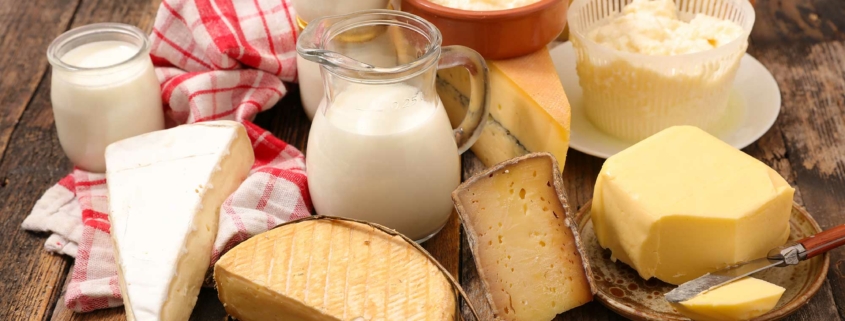It might not be gluten or dairy. The issue might be this instead.
Gluten and dairy have been deemed the enemy. For some people who have celiac disease or complete lactose intolerance, yes, these foods need to be avoided.
But what about the rest of us?
Many people abandon foods that contain gluten or dairy in the hopes of feeling better. Maybe we have joint pains or stomach trouble. Maybe we are putting on weight and don’t understand why. We start by getting rid of these foods and perhaps feel a little better. So then we hear that we should avoid other foods, like tomatoes or garlic, and drop those. Before we know it, our diets are extremely restricted, but we really don’t feel that much better. There may be an easier and far less restrictive way to improve our health.
The biggest problem in the so-called Standard American Diet, which has now become standard in the diets of almost every country today, is ULTRA-PROCESSED foods.
How can we tell the difference between processed and ultra-processed?
There are a few definitions out there, but I’ve found the simplest way to figure out the ultra-processed stuff that should be avoided is to be on the lookout for certain additives in packaged food.
Is this a perfect method? No. Nothing is perfect. Trying to be perfect is a recipe for feeling inadequate and defeated. The goal is to feel better and that means accepting what we are able to reasonably accomplish in the midst of a busy day. Avoid these additives, eat everything that is actual food, and see how much better you feel.
Carrageenan (commonly used in creams and dairy substitutes for stability)
Cellulose (pre-shredded cheeses and powdered parmesan are generally coated in cellulose. DO NOT use pre-shredded and bagged cheeses which can also contain anti-fungal agents.)
Food Gums (commonly used in shelf stable products like dressings):
- Acacia Gum
- Cellulose Gum (Also called: Carboxymethylcellulose)
- Gellan Gum
- Guar Gum
- Locust Bean Gum (Also called: Carob Bean Gum)
- Xanthan Gum
Inulin (Also called: oligofructose, oligofructose-enriched inulin, chicory root fiber, chicory root extract or fructooligosaccharides)
Lecithin(can be derived from soy, sunflower, or other sources and are used in many different packaged foods, so may be the most difficult to avoid—just do your best, but don’t sweat if you are consuming a little of it)
Modified fill-in-the-blank Starch (used in shelf stable products)
Maltodextrin (used as a flavor enhancer and stabilizer in shelf stable products)
Monoglycerides/Diglycerides (used in breads, especially those that stay soft like flour tortillas that don’t need to be kept frozen)
Polysorbate 60/80 (commonly used in frostings and desserts)
The following are generally used as sugar substitutes. Please just use real sugar (in moderation) and NOT these:
Glycerol (glycerin/e)
Mannitol
Sorbitol
Xylitol
Sucralose
Stevia (Stevioside)

